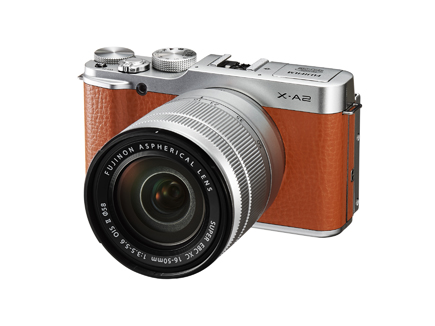Tom's Guide Verdict
The X-A2 is an affordable mirrorless camera option for moving beyond smartphone-cam limitations without losing the ability to take selfies and share photos.
Pros
- +
Excellent still image quality
- +
Lightweight and compact
- +
Fast response and autofocus
- +
Flip-up LCD for selfies.
Cons
- -
Occasional glare on LCD
- -
No touch screen
- -
Poor video quality.
Why you can trust Tom's Guide
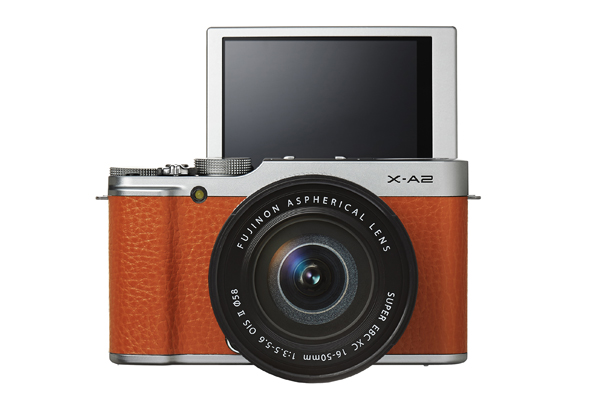
Who it's for: Anyone who wants to up their photographic game beyond what they can get with an older DSLR, compact camera or smartphone.
The new 16.3-megapixel Fujifilm X-A2 ($550) is an attractive mirrorless camera with a 16-50mm f/3.5-5.6 optically stabilized zoom lens (24-76mm, in full-frame or 35mm-film equivalent). Available in silver, white, brown or black, the camera is very similar to its predecessor, the X-A1, but adds an Auto Macro mode and Multi-Target AF (autofocus) as well as a tilting LCD made for selfies. Auto Macro moves the camera seamlessly into Macro mode when framing a subject about 3 inches from the lens, while Multi-Target uses multiple points to accurately grab focus.
To hit a lower price, the X-A2 forgoes some features of other models in Fujifilm's X Series lineup. In fact, it doesn't stack up too well against mirrorless competitors at this price level, such as Sony's 24-MP a5100 or the 20-MP Samsung NX3000. Yet the X-A2 takes really good still photos, offers a solid selection of optional lenses and is lightweight enough to carry around all day.
Image Quality: Great for the Price
We've tested many Fujifilm X Series cameras, such as the high-end X-T1, and we've been almost uniformly impressed by the richness of the results in bright and low light. Without keeping you in suspense, the X-A2 takes superb stills, in spite of being less sophisticated (and therefore cheaper) than other models in this family.
The Fujifilm X-A2's APS-C size (23.6 x 15.6 mm) CMOS sensor is far larger than those found in any compact and many mirrorless cameras (Pentax and Nikon models, for example). All things considered, a larger sensor should deliver more accurate color and less digital noise (speckles) in low light — and that's generally what I found.
The X-A2 has a native ISO (sensitivity) range of 200 to 6400, but 100; 12,800; and 25,600 settings are available via the menu system.
MORE: The Best Mirrorless Cameras
I shot in available light and got images that held onto detail and color accuracy very well up to ISO 5000 and were still attractive up to ISO 6400. It's hardly a Picasso still life, but this composition is a good illustration of how the X-A2 handles low light. The first image was shot at ISO 400, and the one below was taken at ISO 6400.
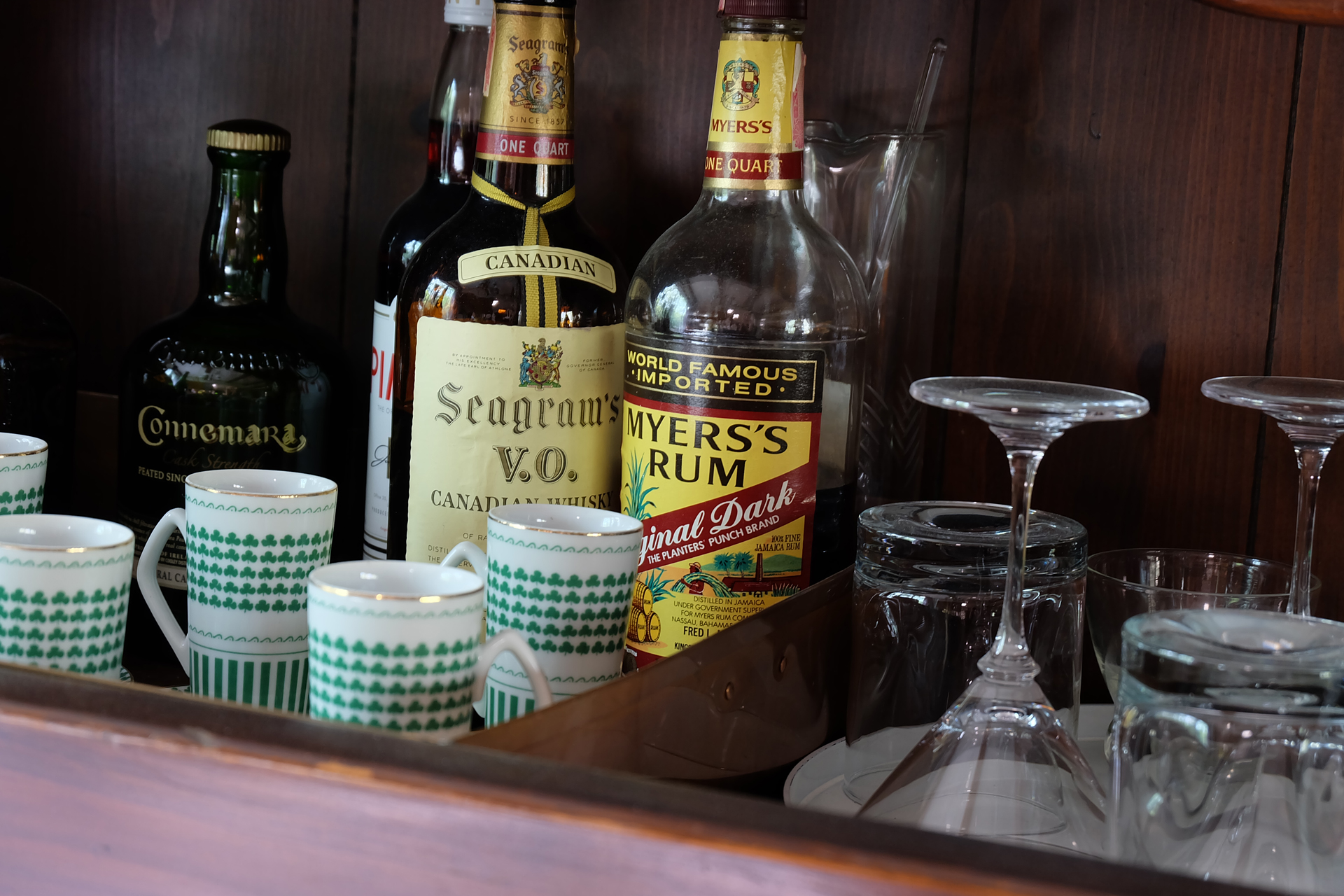
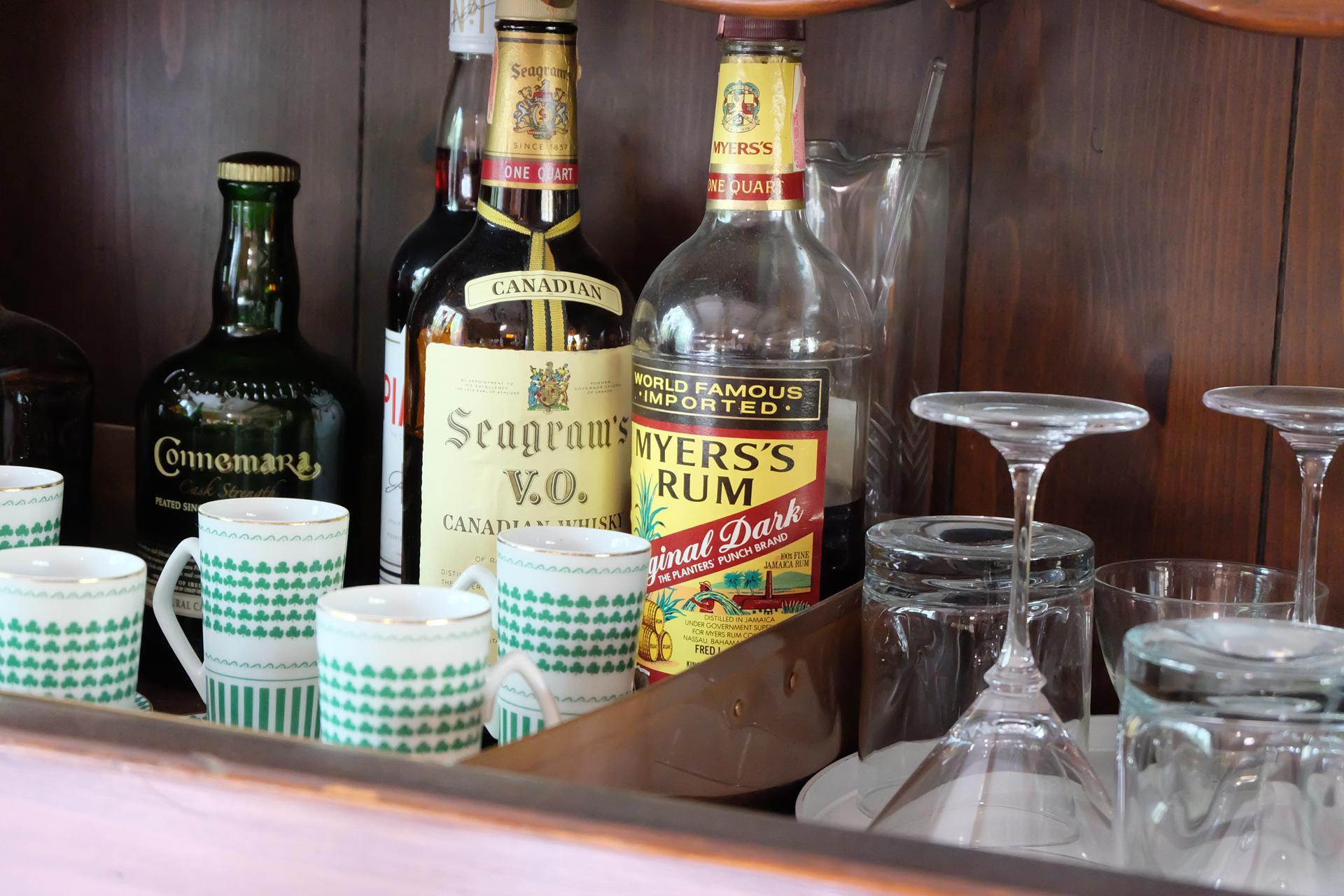
After that point, color shifts and speckles became much more noticeable. This is good news for those who like to shoot without a flash. I've tested mirrorless cameras from Olympus and Samsung that are even better ISO performers at nosebleed levels up to ISO 25,600 (four times the sensitivity of ISO 6400), but that takes nothing away from the X-A2's solid results.
In my experience, Fujifilm cameras have always handled skin tones well, and the X-A2 is no exception in this image of a soulful singer, captured with available light at ISO 400.

The camera's built-in flash nicely illuminated the subject while maintaining color fidelity.

Results were very good in bright light. In this view from the Jersey shore, the X-A2 nicely captured the home's color siding and fresh blooms of early April.

This photo of a garden gnome shows subtle colors that reflect the faded paint of the weathered statue. This photo and the one that follows were taken with the Fujinon XF 35mm F 1.4 R prime lens. All of the others were taken with the 16-55mm kit lens.

Using the 35mm prime lens, the X-A2 captured fine detail in this beach close-up.
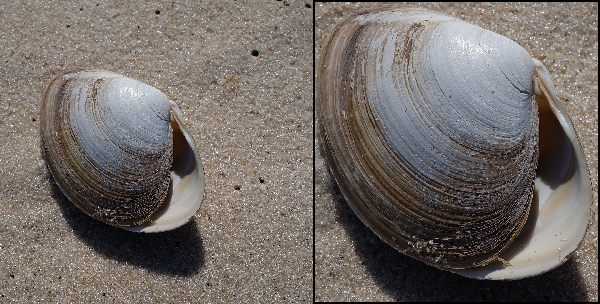
Autofocus and Speed: Fast and Accurate
I found that the X-A2 focused quickly, with little hunting. Although the camera has 49 autofocus points — compared to the 200 or more from some competitors — it did not lag in day-to-day operations. In other words, feel free to aim and forget; the camera will grab the shot.
The top shooting speed is 5.6 frames per second for up to 30 JPEGs or 10 RAW files. The X-A2 also has shutter speeds of 30-1/4000 of a second, which is typical for mirrorless cameras at this price. Don't expect to grab a speedy pet or fast-running child with this one, but slow and steady landscapes and portraits are top-notch.
Video Quality: Not the Greatest
The X-A2 may shine in the still department, but it takes a backseat to the competition for videos. The top resolution is only 1920 x 1080 at 30 fps in the .MOV format — far less than similarly priced competitors like the Sony A5100, which captures 1080/60p video in the higher-quality XAVC-S format at 50 Mbps. The results were predictable: The movie clips did not have the smooth motion of 60p footage nor the detail and richness of the higher data-rate formats.
MORE: DSLRs vs. Mirrorless Cameras: Which Is Better for You?
Although colors looked accurate, the camera did not focus very quickly when I shot a moving train, and the image stabilization failed to keep panning scenes steady in other instances. This was very disappointing when you consider the capability of other mirrorless cameras. The built-in stereo mics are also a negative, as they made generally still air sound like a windstorm. This is typical of most cameras, but it's still a problem; the X-A2 does not have a mic input for improved quality with an optional microphone.
Features: Feel Free to Experiment
The X-A2 offers loads of options for experimenting. I shot in the standard image setting, named for Fujifilm's old Provia film stock, but there are also modes to simulate the look of Fujifilm's Velvia (vivid) and Astia (soft) films, as well as Classic Chrome, Monochrome and Sepia modes to try out. There are also nine filters (such as Toy Camera, Dynamic Tone and Partial Color) to jazz up your shots. We think of this as icing on a very well-made cake.
Fujifilm also touts the X-A2's ability to take selfies — a first in the X Series but hardly new for other manufacturers. If you're in the mood for one, just flip up the 3-inch LCD into position, and snap the shutter button.
It helps to set the camera in face- and eye-detection modes via the menu system to improve quality. It's an OK feature, but I prefer using touch-screen LCDs (found on the Samsung NX500 camera, among others) to snap the shutter.
Speaking of the LCD, it handled bright sunshine well, but there were occasional times when my face reflected off the screen, making it hard to frame the subject. Even though I used the camera on the beach on a sunny day, the screen was bright enough that I didn't miss having an electronic viewfinder — a feature found on other, more expensive mirrorless cameras.
Although many photographers like shooting in dim light, the X-A2 includes a built-in pop-up flash for when you need more light. Many competitors provide add-on flashes that attach separately. You're out of luck if you forget to bring it, and the add-on typically makes the camera more cumbersome once attached. The X-A2 gets a plus mark for this feature, which also offers advanced settings like Slow Synchro and Rear 2nd Curtain Sync for capturing subjects in low ambient light.
Controls: Simple and Straightforward
The X-A2 has a very simple control layout, and most users will have a relatively brief learning curve. We do suggest reading the supplied owner's manual so you don't miss out on any of the camera's capabilities. But at least try the options under the Q menu (see below).
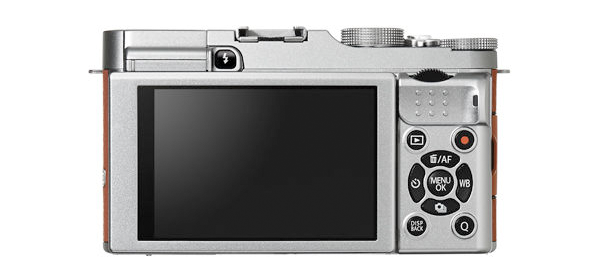
The main mode dial on the top deck offers quick access to the available shooting settings. Along with SR+ (smart auto) and PSAM manual options, there are specific scene choices (landscape, sports and so on), as well as access to the filters and additional scene modes. This dial is a tipoff as to the target photographer for this camera — someone comfortable using auto and scene modes but willing to turn the dial for more creativity.
MORE: These Are the Best DSLRs You Can Buy
The keys on the back are nicely labeled, and a red-dot button lets you quickly capture videos. One of my favorite keys is "Q," for Quick Menu. Tap it after you leave SR+ mode, and it's easy to change a raft of photographic parameters, including focus type, levels of noise reduction, sharpness, color, film simulation modes and more (16 in total).
The menu system is also straightforward. You can delve quite deeply into the X-A2 or use it as a point-and-shoot.
Wireless and GPS: Nothing Special Here
The Fujifilm X-A2 has built-in 802.11 b/g/n Wi-Fi but does not offer NFC for fast pairing of wireless devices as many competitors do. There is no built-in GPS, but you can use the Fujifilm Photo Receiver smartphone app (available for Android/iOS) to automatically add that data to your image files. The app is as basic as can be. Pairing is relatively simple once you're in Playback mode, and you tap the Fn (Function) key near the shutter. The camera and my Samsung Galaxy S5 paired quickly. Once you do that, you can share your images in a variety of ways via your phone. Unfortunately, that's about it; no camera remote controls are offered.
Battery Life: A Good Performer
The battery supplied with the X-A2 is rated at 410 shots per the CIPA measurement standard. That's better than most mirrorless cameras, which are typically rated at about 350 shots. During our test period, the camera's battery did not run down, even after a mix of hundreds of stills, video capture, flash, Wi-Fi and playback.
Kit Lens: Sharp and Accurate
The X-A2's kit lens has the fairly standard 3X zoom range of 16-50mm and max aperture range of f/3.5 (wide) to f/5.6 (telephoto). Although lightweight (as is the camera) the zoom performs nicely — it's sharp, and there's little distortion or chromatic aberrations (false color halos). Fujifilm mirrorless cameras do not have built-in image stabilization like Olympus and Panasonic models do, so the optical image stabilization (OIS) is incorporated into the lens itself. We found it did a good job, keeping blur to a minimum for stills.
Lenses and Accessories
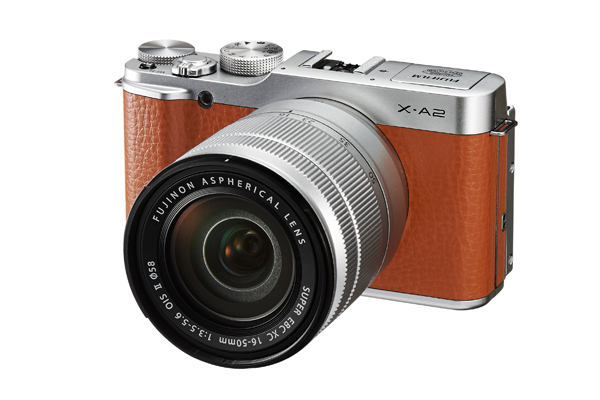
The beauty of the X-A2 — and any interchangeable lens camera, for that matter — is the ability to "swap glass" to suit your photographic style. Along with the kit, we had the opportunity to use the Fujinon XF 35mm F 1.4 R prime (50mm, in full-frame equivalent). I like using primes because they tend to provide slightly better quality than zooms. That was the case here, although that takes nothing away from the fine quality of the kit lens. Fujifilm has a solid supply of optional lenses for the X Mount. Our experience with Fujifilm X Series glass has always been positive, as the lenses are sharp and solidly built.
Bottom Line
There's strong competition at this price level, and the X-A2's features seem dated (no 1080/60p video, for example, let alone 4K). But Fujifilm's photographs continue to impress, and you won't miss the extra megapixels of other mirrorless cameras once you examine the X-A2's output.
Colors are spot-on, with a pleasing, natural feel and details galore. It's only on the video side of the equation that the X-A2 comes up short. Beyond movies, our biggest problem with the X-A2 is the kit price: $550 is just too high for what it offers, but if it were to fall below $500, that would be the ticket.
Key Specs
Model Name: Fujifilm X-A2
Megapixels: 16.3
Type: Mirrorless
List price: $549.95 with 16-50mm kit lens
Shots per sec: up to 5.6 for 30 frames JPEG/10 RAW
Sensor Type: APS-C CMOS
AF Points: 49 (7x7), contrast detection
Screen: 3-inch LCD
Shutter Speed Range: 1/4000-30 sec, Bulb
ISO Range: 200-6400 native (100, 12,800, 25,600 extended)
Main Video Resolutions/frame rates: 1920 x 1080/30 fps, 1280 x 720/30 fps
Video file format: .MOV
Built-in flash: Yes
Hot shoe: Yes
Card type: single slot, SD/SDHC/SDXC (UHS-1)
Ports: USB 2.0, HDMI Type C
Shot per charge (CIPA): 410
Wireless capabilities: Wi-Fi
Image stabilization: in kit and other lenses
Dimensions and weight: 4.6 x 2.6 x 1.6 inches, 12.3 ounces with battery and card
- Camera Wars: Why Autofocus Is the New Megapixel
- How Many Megapixels Do You Really Need?
- How to Take Great Photos with a DSLR or Mirrorless Camera
For over 30 years, David Elrich has covered a wide variety of CE gear for major print and online publications including The New York Times. He can be reached at David.Elrich@live.com or followed @davidelrich. Follow us @TomsGuide and on Facebook.
